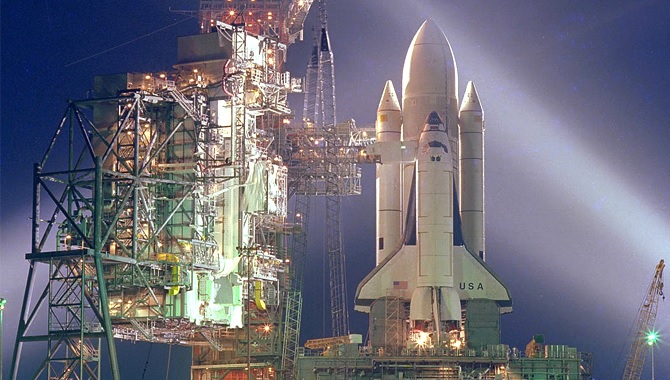Sunday Nerding: James Webb Space Telescope
Barring any delays, in the next few days, NASA will launch the James Webb Space Telescope aboard an ESA Ariane 5 rocket, and hopefully allow us to expand our knowledge of the universe.

Barring any delays, in the next few days, NASA will launch the James Webb Space Telescope aboard an ESA Ariane 5 rocket, and hopefully allow us to expand our knowledge of the universe.
Tomorrow – (in Australian time at least) – is the 40th anniversary of the first flight of NASA’s Space Transportation System (STS) – better known to most people as the Space Shuttle.
That first flight was taken by OV-102 – (named “Columbia” at the time of commissioning) – on April 12th 1981, and marked America’s return to space for the first time since the Skylab space station was abandoned in 1974.

So it was a big deal. I clearly remember watching the launch on television at our home in Townsville, and the subsequent regular updates. For someone who was interested in the space program, but not having been alive or old enough to remember Apollo and Skylab, people in space again was amazing to me.
Astronauts John Young – (the ninth man to walk on the moon) – and Robert Crippen took Columbia into orbit that day for what amounted to a test flight – launch it, get it to orbit, and land it a couple of days later.
Columbia was of course lost in 2003 on return from space while completing STS-107, only the second shuttle lost after Challenger just after launch on STS-51L in 1986.
Like many a nerd, not only do I love computers and computing, I also love space exploration.
Today I present a magnificent combination of the two, as a group of what can only be described as massive enthusiasts, work at getting an actual Apollo Guidance Computer – (which hasn’t been powered up in around 50 years) – up and running, and executing actual NASA Apollo code.
While this particular unit was never flown into space – (it is understood to be serial number 14, which was used in LTA-8) – it is basically an almost flight-ready prototype.
